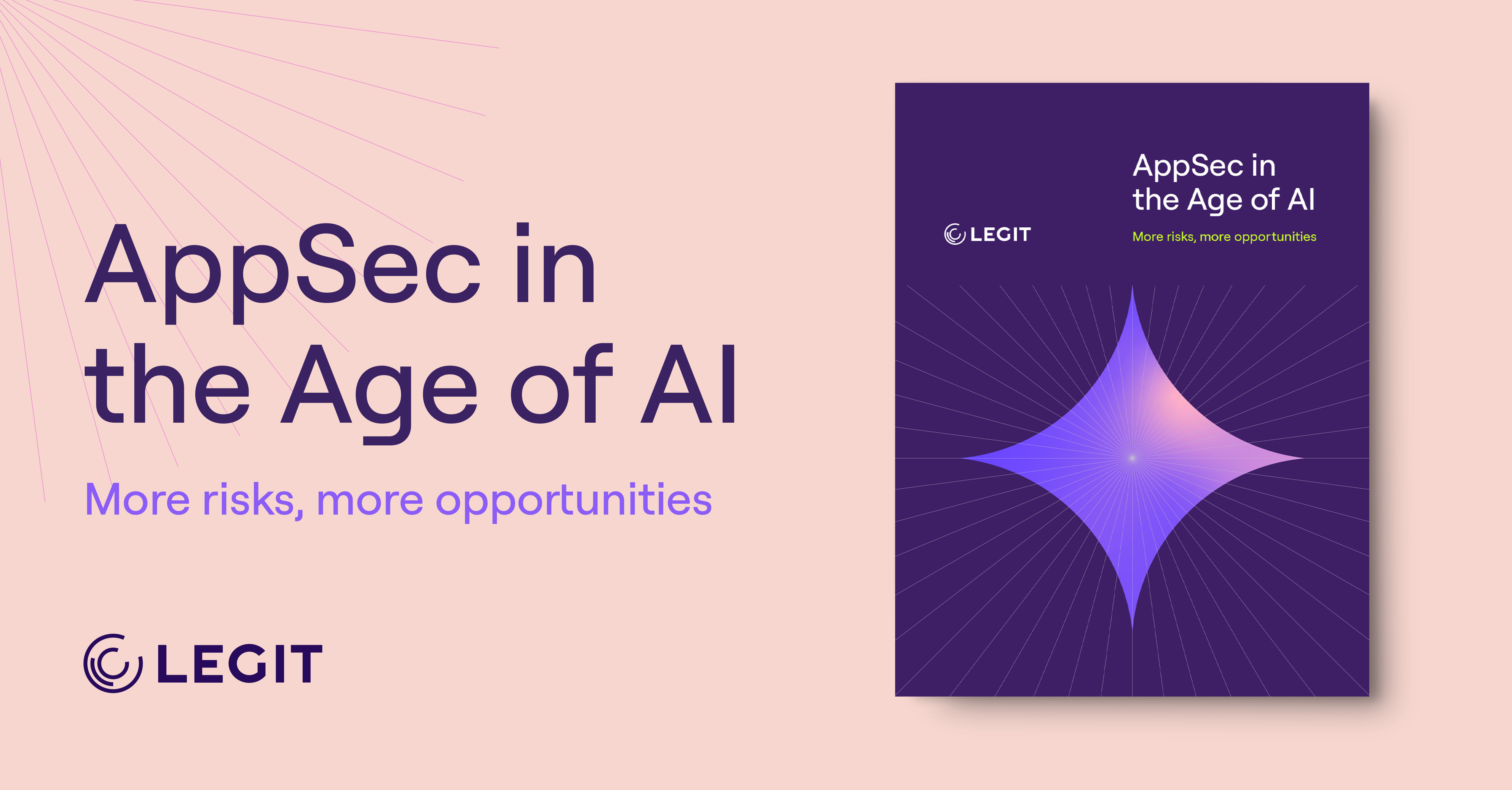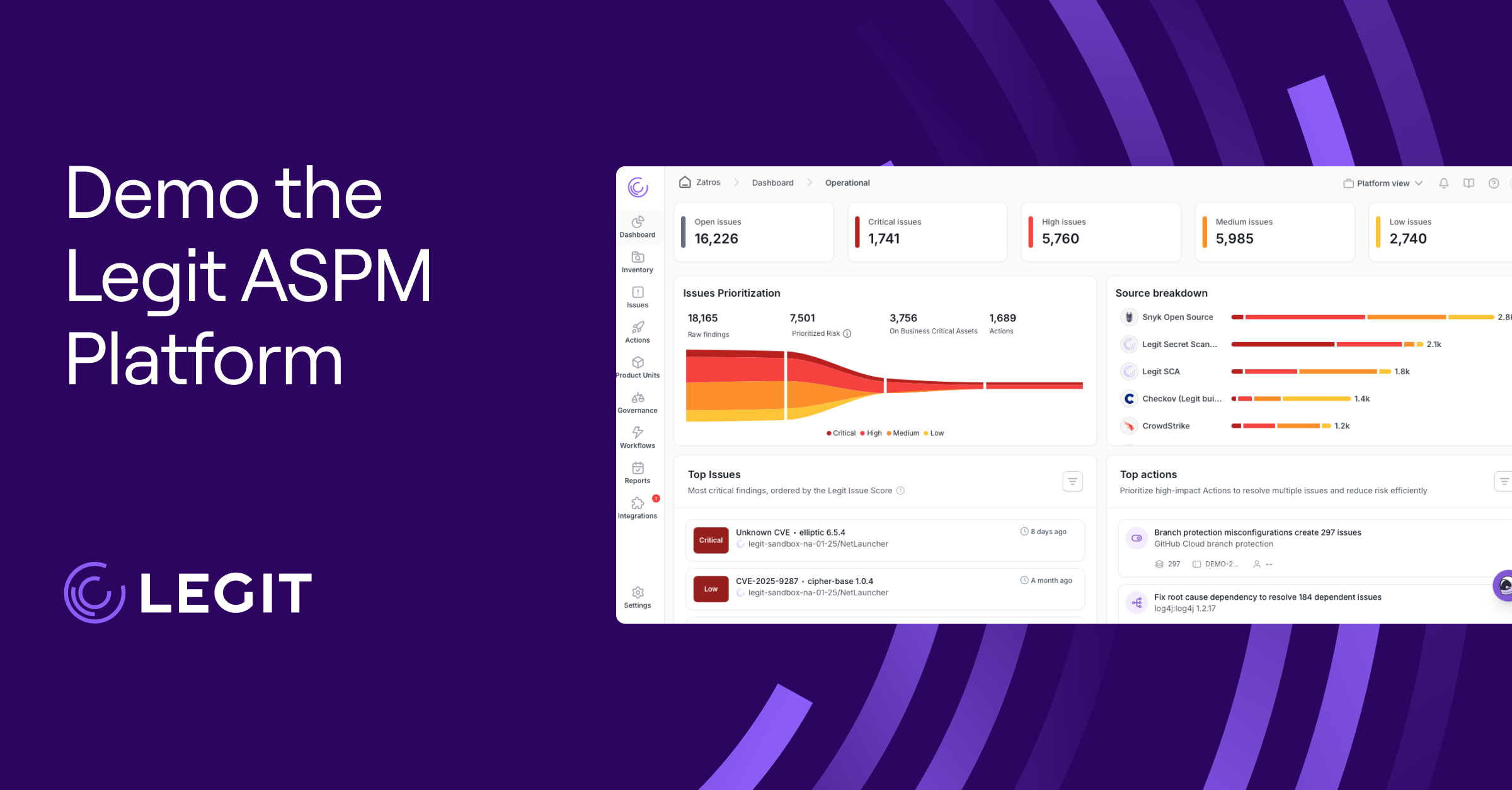Developers use AI tools to accelerate countless tasks, whether they’re streamlining a day’s work or the entire development cycle. While this software can write code, it can also review it, scanning for bugs and suggesting fixes in seconds rather than hours. AI code reviews enhance human work, pushing through tedious tasks faster so teams can focus on quality and tight security.
But AI isn’t perfect. Humans make mistakes, and machines are no different. Understanding the perks and shortcomings of AI-based code review let you create a strategic approach and get the most out of each tool.
In this guide, discover how AI code review works, what their pitfalls are, and which review tools stand out from the rest.
What Are AI Code Reviews?
AI code reviews automatically check code for quality, style, and potential vulnerabilities. They use machine learning (ML) and natural language processing (NLP) models trained on large datasets full of various programming languages and frameworks.
While using AI for code reviews helps teams catch larger issues that impact total security posture, the process may also catch small things humans may not, like missing logic and code smells. These small details make a big difference over time. For instance, duplicate code can lead to inconsistent maintenance, and eventually, weakened security.
However, AI code reviews still require human oversight. A human dev team will interpret reviews carefully, picking out unnecessary suggestions or skewed logic. A lack of visibility is one of AI's main risks: According to Legit Security’s research, 95% of respondents need a better way to manage AI in software development.
AI Code Review Key Components
These systems combine several AI elements for a comprehensive code review. Here are a few common components of AI code review tools.
Static Code Analysis
This refers to scanning code without running it. It happens early in development, typically far before actual software testing. Once teams thoroughly check the static code, they can move it into the execution stage. Static code analysis is often a part of static application security testing, which helps teams catch issues like bugs and vulnerabilities before the project hits production.
AI can complete static analysis in moments, even when working with massive codebases. It also learns and adapts after each review, making it more effective after each scan. AI doesn’t always perform static analysis, but it’s still a vital part of an AI code review. Some teams conduct a standard static analysis, then proceed with AI scans afterward.
Dynamic Code Analysis
This checks code as it's running. Even if code looks clean, it may face issues during execution, like performance issues and runtime errors. This lets teams examine a code’s behavior in motion, helping them discover anything from minor to malicious errors. Blending this with static scans is a common way to get a comprehensive overview of software quality and security.
Rule-Based Systems
These systems use pre-defined logic to make decisions and solve problems. For code reviews, rule-based systems help flag style and policy violations and enforce company best practices. They’re a quick, simple way to enhance development consistency without painstaking manual review.
Natural Language Processing (NLP)
Natural language processing (NLP) interprets code like human language, going beyond face value and considering logic and intent. This helps capture little quirks, like mismatched formatting, poor readability, and redundancies. NLP also provides human-like explanations and suggestions to give developments quick insights into what’s wrong and how to fix it.
Some tools use large language models (LLM), an advanced subset of NLP. These provide more in-depth, nuanced analysis and help developers catch complex errors. They also offer conversational suggestions that are even more human-like than standard NLP, which helps teams understand issues faster.
How AI Code Review Tools Work: 6 Steps
Here’s a typical AI code check process.
1. A Developer Opens or Updates a PR
A teammate opens or updates a pull request (PR). Then, a webhook sends the event payload to the AI tool, providing it with an overview of changes and necessary data, like timestamps and IDs.
2. The Tool Clones The Code
The software then copies your code, sometimes just the diff and other times the entire repository. The AI then parses it using abstract syntax trees, a representation of your source code that captures essential elements and removes anything unnecessary, like comments and punctuation.
3. The Software Performs Static Checks
Many tools conduct static analysis before AI takes over. This helps find small errors like style inconsistencies and redundant variables, cleaning up the code and reducing the AI’s workload.
4. AI Models Analyze the Code
Now the tool uses advanced AI, usually NLP and LLMs, to scan the code. These models are trained on extensive datasets, multiple programming languages, and even public comments from real developers. Unlike traditional code review tools, AI finds deeply-nested maintenance concerns and potential vulnerabilities in moments, not weeks.
5. AI Makes Suggestions
Then, the AI generates easy-to-understand comments and inline recommendations. It references specific lines of code and uses conversational tone, like a human reviewer or editor. For example, it might reference an unclear variable in line 34, suggesting you rename it from “XYZ” to “guestuser” to make your code easier to read and maintain.
6. Developers Apply Feedback
These comments will be in your PR, so developers can easily look through them, reject certain changes, and implement the rest. Then, they can send the code back through and review it again.
Benefits of AI Code Review
With the right strategy, AI speeds up the development process without compromising quality. Here are the most impactful perks:
- Increases efficiency: AI can scan thousands of lines of code in moments. Reviews can take a significant amount of time, especially with routine checks and continuous re-runs. AI lets teams catch issues and give their stamp of approval faster.
- Encourages consistent coding standards: These tools reinforce your company best practices and ensure every PR aligns with your standards. This promotes repeatable success and quality, letting developers implement targeted feedback.
- Detects of hard-to-find errors: AI can spot subtle bugs, code smells, and edge cases that could slip through the cracks. Manual reviewers may miss nuanced details, like odd patterns or performance issues, especially as code starts to blur together after a long day.
- Enhances security: The above benefits combine into one massive advantage—improved security. Improved efficiency, consistency, and attention to detail help teams spot and address vulnerabilities. AI code review tools complement a greater cybersecurity tech stack, letting you strengthen your software at code-level as an early defense.
Limitations of AI Code Review
AI is an amazing tool, but it pays to be mindful about its potential shortcomings. Here are a few considerations when using AI code review:
- May struggle with context: While AI’s logic is improving, it doesn’t always understand human logic. It may mistake your purpose, letting small errors slip by because it doesn’t know your specific use case.
- Can confuse real issues: AI may result in false positives and negatives. These tools need human feedback and auditing so they recognize real problems and don’t pass them by.
- Risk of overreliance: This software accelerates and optimizes code review, so it’s easy to get starry eyed, but teams can’t let AI manage everything. Development needs a human touch, and overreliance on AI may cause teammates to doubt their own instincts and completely rely on the tool.
Top 5 AI Code Review Tools
Here are our favorite AI code review platforms.
1. Legit Security
Legit Security puts security top-of-mind for every AI code review. It continuously monitors the software supply chain, flagging risky behaviors like suspicious contributor activities and leaked secrets. Legit proactively finds and fixes these vulnerabilities, protecting companies from hectic, time-consuming firefighting.
This platform delivers insights directly in your PRs so teams can address threats without stalling delivery. Legit lets you catch, fix, and secure your code earlier in the software development lifecycle (SDLC) and maintain an agile pace.
2. Swimm
Swimm is a documentation platform that provides context during code review. While it isn’t a traditional code review tool, teams can use it alongside other software to keep a detailed log of changes and better understand their code. It draws from inline explanations and internal documents to compile clear documents that help developers ramp-up and make informed decisions.
3. Codacy
Codacy is an automatic code review tool that checks for vulnerabilities and consistent style. It integrates with common platforms like GitHub and GitLab, so it typically fits into developer workflows. Codacy checks code across 30+ programming languages, tracks progress with dashboards, and makes suggestions to reinforce coding best practices.
4. DeepCode
DeepCode, a part of Snyk, is a machine learning model trained on open-source codebases. It scans code and recommends fixes based on these real-world sources, helping devs catch weaknesses and performance bottlenecks. DeepCode also offers automatic bug fixes, though it’s best to use these mindfully, as mending issues without human input and visibility could cause problems down the road.
6. Code Climate
Code Climate is a code review tool that focuses on overall maintainability. It flags risks and duplications to make regular updates safer. It also targets unnecessarily complex structures, letting developers simplify their code and make it easier for future teammates to understand and edit it.
Protect Your SDLC With Legit Security
While AI code review needs a human eye, the right platform avoids the pitfalls and delivers consistent quality. Legit Security’s AI-native ASPM platform analyzes your entire SDLC and catches little details that other tools miss. It flags issues like unauthorized code changes and leaked secrets, using risk scoring to understand what really matters to your business.
Legit Security integrates directly into your team’s workflows so you can effortlessly find and fix vulnerabilities before software hits production. It reviews code, tracks contributors, and notices when code violates compliance. This platform provides continuous, exhaustive visibility, so you can enjoy AI code reviews without the limitations.
Enhance your development process from static analysis to delivery with Legit Security. Book a demo today.
Download our new whitepaper.


